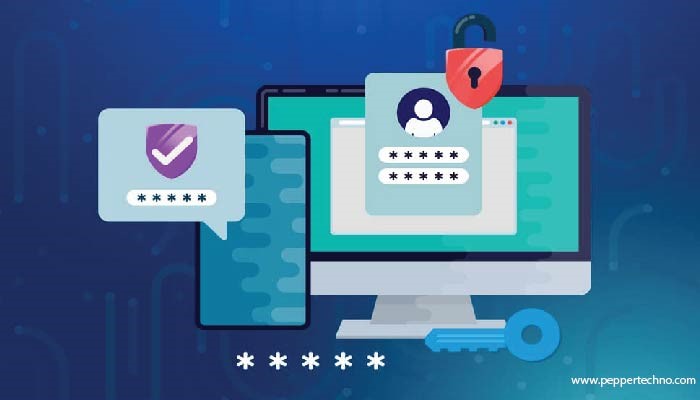Best Practices to Secure Application Development: Safeguarding Digital Assets
In today’s interconnected world, security is paramount in application development. Cyber threats loom large, and the consequences of a security breach can be catastrophic. Therefore, adopting best practices in secure application development is essential to safeguard digital assets, protect user data, and maintain trust. In this article, we delve into the key principles and techniques that developers should adhere to when building secure applications.

Understanding the Threat Landscape:
Before diving into secure application development practices, it’s crucial to understand the ever-evolving threat landscape. We explore common cybersecurity threats, including malware, phishing, SQL injection, cross-site scripting (XSS), and more. By understanding the tactics employed by malicious actors, developers can better defend against potential attacks.
Adopting a Security-First Mindset:
Security should be ingrained into the development process from the outset. We discuss the importance of adopting a security-first mindset, where developers prioritize security considerations at every stage of the development lifecycle. By considering security implications early on, developers can build a robust foundation for secure applications.
Implementing Secure Coding Practices:
Secure coding practices are essential for mitigating vulnerabilities and reducing the risk of exploitation. We delve into techniques such as input validation, output encoding, and parameterized queries to prevent common security flaws like injection attacks and cross-site scripting. Additionally, we discuss the importance of code reviews and static analysis tools in identifying potential security issues.
Authentication and Authorization:
Authentication and authorization mechanisms are critical components of secure application development. We explore best practices for implementing strong authentication mechanisms, including multi-factor authentication (MFA) and password hashing. Additionally, we discuss role-based access control (RBAC) and least privilege principles for effective authorization management.
Securing Data:
Protecting sensitive data from unauthorized access is paramount in application development. We discuss encryption techniques such as symmetric and asymmetric encryption, as well as secure key management practices. Additionally, we explore data masking and tokenization as strategies for minimizing exposure of sensitive information.
Secure Configuration Management:
Proper configuration management is essential for maintaining a secure application environment. We discuss best practices for securely configuring servers, databases, and other infrastructure components. Additionally, we explore the importance of patch management and vulnerability scanning in ensuring a secure application stack.
Secure Communication:
Secure communication channels are essential for protecting data in transit. We discuss the use of Transport Layer Security (TLS) to encrypt network traffic and mitigate man-in-the-middle attacks. Additionally, we explore best practices for securing APIs and web services through authentication and encryption.
Logging and Monitoring:
Effective logging and monitoring are essential for detecting and responding to security incidents in real-time. We discuss the importance of logging security-relevant events and implementing centralized logging solutions. Additionally, we explore the use of intrusion detection systems (IDS) and security information and event management (SIEM) tools for proactive threat detection.
Secure Deployment and Configuration Management:
Securing the deployment and configuration management process is crucial for maintaining the integrity of the application environment. We discuss best practices for securely deploying applications, including containerization and infrastructure as code (IaC) techniques. Additionally, we explore the use of secure configuration management tools to automate security controls.
Continuous Security Testing:
Security is an ongoing process, and continuous security testing is essential for identifying and mitigating vulnerabilities. We discuss the importance of integrating security testing into the continuous integration and continuous deployment (CI/CD) pipeline. Additionally, we explore techniques such as penetration testing, vulnerability scanning, and fuzz testing for comprehensive security coverage.
Conclusion:
In an increasingly interconnected and digital world, secure application development is paramount. By adopting best practices in secure application development, developers can build robust and resilient applications that protect sensitive data, mitigate cyber threats, and maintain user trust. From implementing secure coding practices to continuous security testing, a proactive approach to security is essential at every stage of the development lifecycle. As the threat landscape evolves, developers must remain vigilant and adaptable, leveraging the latest technologies and techniques to stay one step ahead of cyber threats. By prioritizing security from the outset, developers can build a safer and more secure digital future for all.



